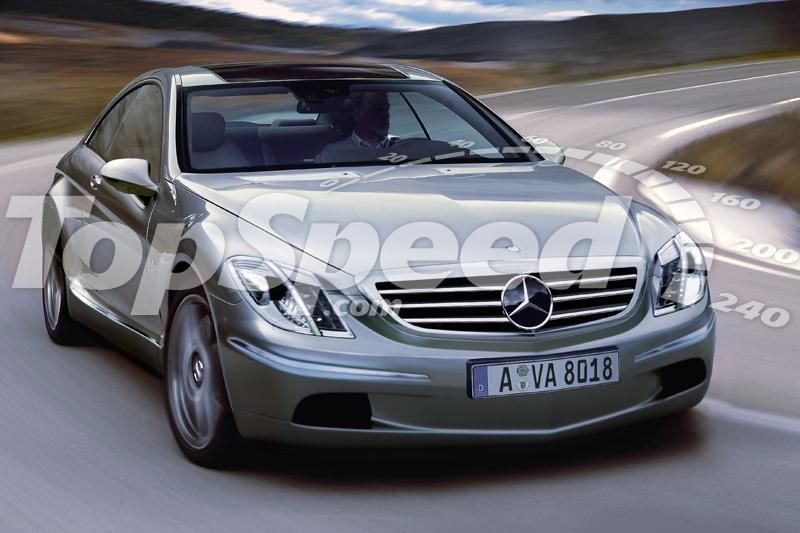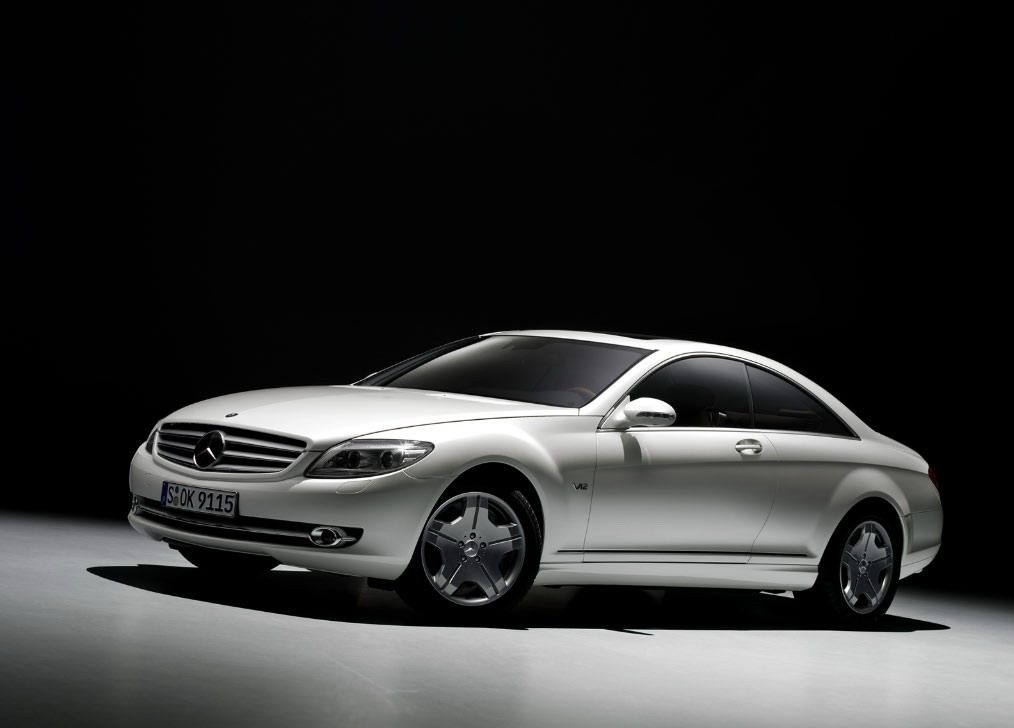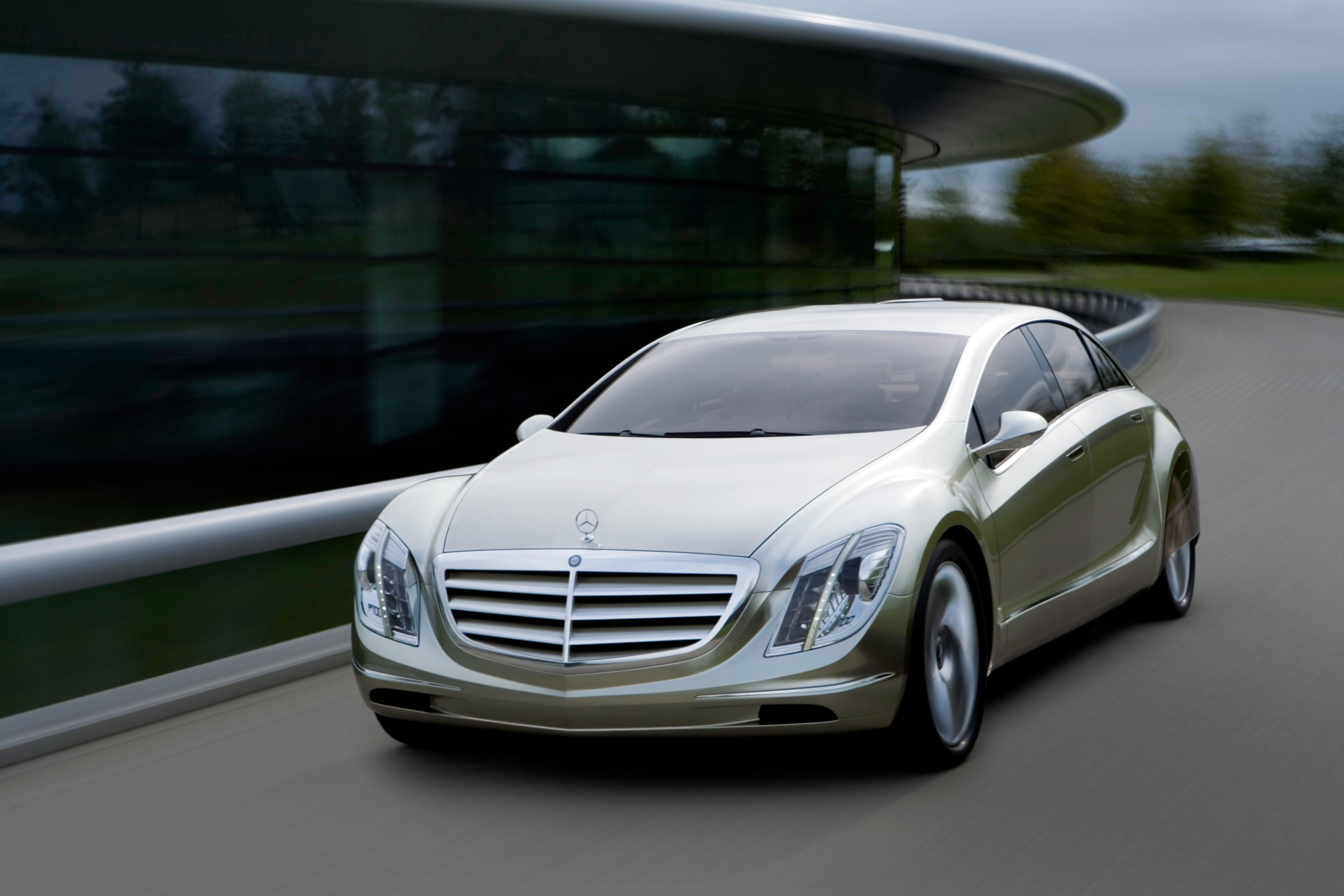Mercedes presented the CL-Class back in 1998 (with this moniker), and since then it knew three different generations: first between 1998 to 2000, seconds from 2000 to 2006 and third from 2007 to present. But even if the third generation was just launched, Mercedes is working on the fourth generation.
With design cues taken from the F700 unveiled last year at the Frankfurt Motor Show, the 4th generation CL-Class is scheduled to be launched in 2011 and sales will begin in 2012, same time with the next generation S-Class.
Even if the F700 Concept is not a beautiful car, it really show the future design of the entire Mercedes line-up.As previously announced, the F700 is a preview version of the 2012 S-Class, but we're pretty sure the they won't stop here!
mercedes-cl-class
- Make: Array
- Model: mercedes-cl-class
2011 Mercedes CL-Class
- Make: Array
- Model: 2011 Mercedes CL-Class
- [do not use] Vehicle Model: Array
Like the current generation CL-Class, the 2011 model will be powered by the same range of V8 and V12 engines for the AMG versions. Mercedes might also put under the hood the Diesotto engine used in the concept. It is a four-cylinder engine with a displacement of only 1.8 liters that combines the strong points of the low-emission gasoline engine with the consumption benefits of the diesel drive.
The maximum output is 238 hp, the electric motor pitches in another 20 hp, and the system’s maximum torque is about 400 Newton meters. Its CO2 emissions of a mere 127 grams per kilometer correspond to consumption of only 5.3 liters of gasoline per 100 kilometers (44.3 mpg), extremely low for a vehicle of this class. A hybrid version might be also under consideration.
Also the 2012 CL-Class will use the new active PRE-SCAN suspension, a system that scours the road ahead using two lasers and automatically adjusts the suspension to suit.
Regarding design, the next generation CL-Class will feature fully retractable side windows (no B-pillar) while the chromed radiator grille will blend seamlessly with completely new styling details.
-----
History
The first generation CL-Class was know as SEC and was produced between 1981 to 1991. It is the succesor of the W126-chassis SEC-class produced between 1981-1991. The W126 SEC was more directly related to the S-Class sedans. The first generation SEC-Class came in four models: 380 SEC, 420 SEC, 500 SEC and 560 SEC. Like all subsequent models, the rear passenger volume of the SEC coupes was large enough to classify them as 2-door sedans by the SAE. The 1986-'91 editions had a 238-hp, 5.6-liter V8, whereas the prior years were underpowered with a 3.8-liter, 155-hp V8.
The second-generation Mercedes-Benz CL-Class begun its life as the 500SEC and 600SEC in 1993; its name was changed into the S-Class Coupe in 1994 and finally settling with today's CL-Class moniker in 1998. It was offered with a 315-hp V8 and a new 389-hp V12 engine, neither of which changed during this generation's lifespan.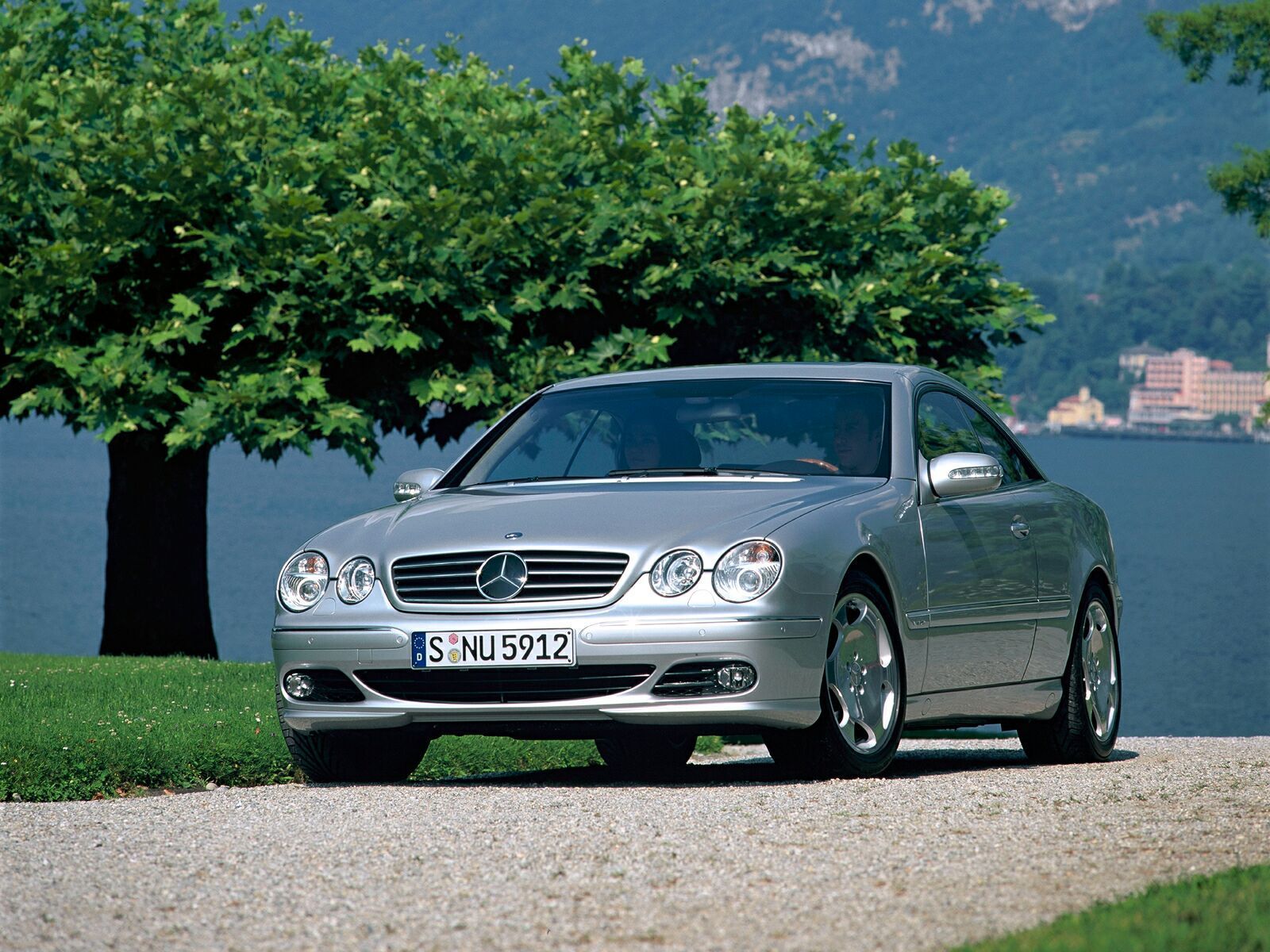 The third generation of the CL is the W215-chassis coupé of 2000 to 2006. It is based on the 2000-2004/5 Mercedes-Benz S-Class, thogh it rides on an 8-inch shorter wheelbase. It is offered as four models: the V8-powered CL500, the supercharged V8-powered CL55 AMG, the V12-powered CL600 and the rare bi-turbo V12-powered CL65 AMG. The limited-edition V12-powered CL63 AMG was sold in 2001 only. All models seat four.
The third generation of the CL is the W215-chassis coupé of 2000 to 2006. It is based on the 2000-2004/5 Mercedes-Benz S-Class, thogh it rides on an 8-inch shorter wheelbase. It is offered as four models: the V8-powered CL500, the supercharged V8-powered CL55 AMG, the V12-powered CL600 and the rare bi-turbo V12-powered CL65 AMG. The limited-edition V12-powered CL63 AMG was sold in 2001 only. All models seat four.
The CL coupes come equipped with the very latest in Mercedes-Benz technology, and the CL is always the first model to receive new technological features (it introduced the revolutionary Active Body Control fully-active suspension system and Bi-Xenon HID lights, both as world firsts).The CL-class has among the most popular luxury coupes in the world, outselling rivals such as the Jaguar XK8 coupe and the Bentley Continental GT.
Current generation CL-Class was launched in autumn of 2006. The new luxury Coupé is ready for any challenge on motorways and rural roads thanks to Mercedes’ most powerful engines to date. The eight-cylinder powerplant in the CL 500 delivers 285 kW/388 hp and generates a maximum torque of 530 Newton metres from 2800 rpm. As such the newly developed engine outperforms the existing V8 unit by 26 percent in terms of output and 15 percent when it comes to torque.
Equipped with four-valve technology, variably adjustable shifting camshafts, a two-stage intake module and tumble flaps in the intake ducts, the new V8 is among the most advanced, powerful engines in its displacement class. The CL 500 accelerates from zero to 100 km/h in just 5.4 seconds (previous model: 6.3 seconds).
An ultra-modern biturbo twelve-cylinder engine under the bonnet of the new CL 600 generates its impressive power. Mercedes engineers have enhanced numerous de-tails of the power unit and, compared to the predecessor model, have increased out-put by 12 kW/17 hp to 380 kW/517 hp. The maximum torque, already on tap from 1900 rpm, has been improved further by 30 Newton metres to 830 Newton metres and remains constant up to 3500 rpm. The new CL 600 accelerates from 0 to 100 km/h in just 4.6 seconds (previous model: 4.8 seconds). And despite the significant per-formance boost the V12 engine consumes 0.4 litres less fuel than the previous CL 600 per 100 kilometres.
-----
Competitors
BMW 6-Series
The new 6-series features Featuring highly attractive modifications to their characteristic design, an interior further refined in many details and boasting new color highlights, as well as innovations in drive technology and driver assistance and safety systems.
The 2008 650i Coupe is powered by a eight-cylinder power unit eight-cylinder power unit developing 360 hp. The engine is mated with the new six-speed automatic sports transmission.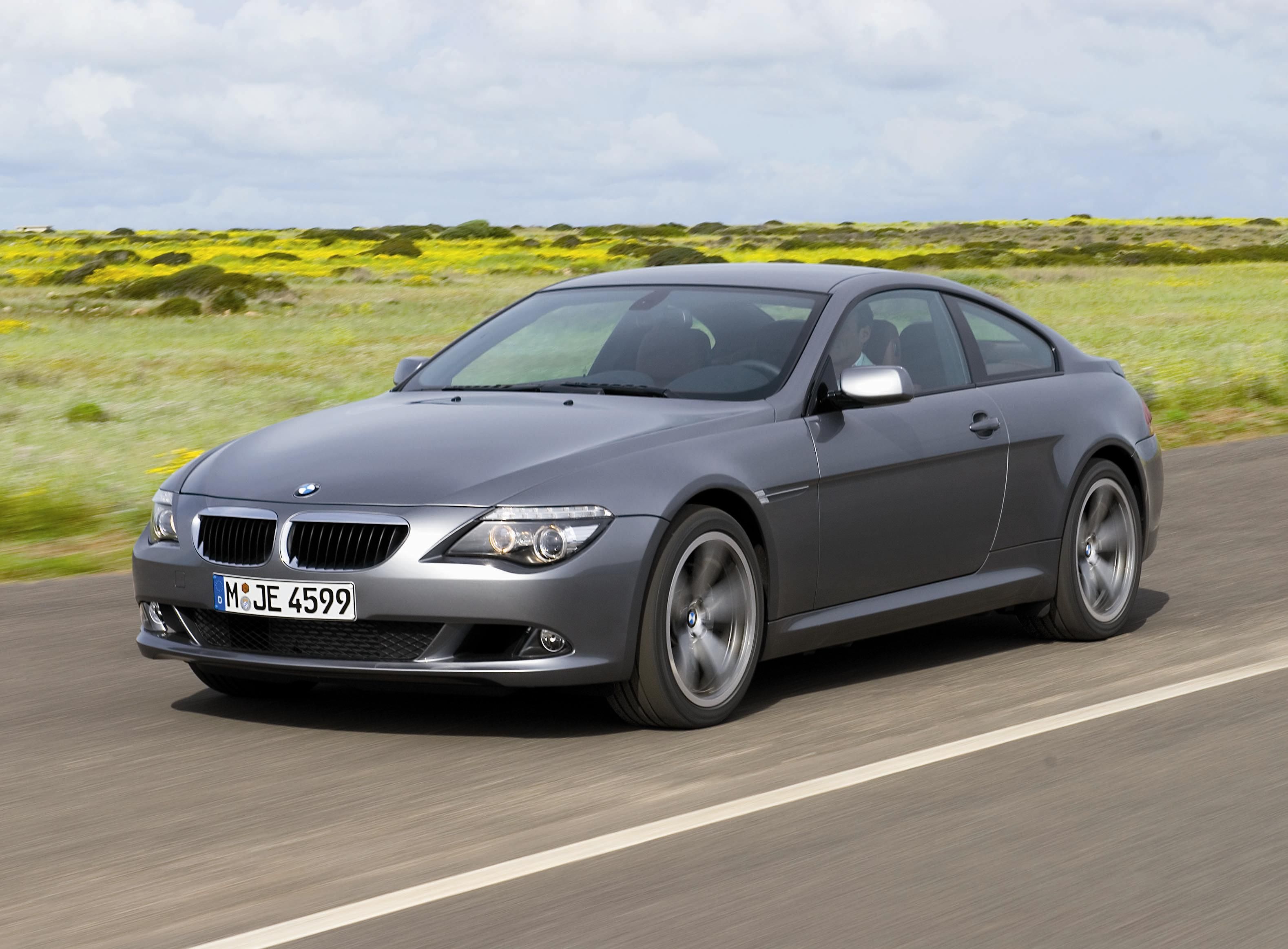 The new 6-series is characterized by style and sport: either as an elegant Sports Coupe in the proud tradition of a genuine Grand Touring Coupe or as a dynamic Luxury Convertible enabling the driver and passengers to enjoy the wind rushing by in an incomparable manner. Both models combine their strengths with the convincing everyday driving qualities of a large and spacious 2+2-seater.
The new 6-series is characterized by style and sport: either as an elegant Sports Coupe in the proud tradition of a genuine Grand Touring Coupe or as a dynamic Luxury Convertible enabling the driver and passengers to enjoy the wind rushing by in an incomparable manner. Both models combine their strengths with the convincing everyday driving qualities of a large and spacious 2+2-seater.
The BMW 6 Series Coupe stands for a heritage of no less than 70 years dedicated to the thrill of mobility and success in motorsport. Cars such as the BMW 327/328 Coupe, the BMW 3200 CS, the BMW 3.0 CSi and the first generation of the BMW 6 Series to this day represent the unique combination of elegance and competition-oriented sportiness so characteristic of BMW.
Bentley GT Continental
The Bentley Continental GT is the world's fastest four seat coupé, the first all new and unique Bentley design for 70 years and its most significant new model since the very first Bentley, the 1919, 3-litre.
The design brief for the Continental GT called for one of the fastest cars on earth yet one whose performance would remain inimitably Bentley. That meant not just great power but also huge torque delivered evenly across the rev-range. But if the car's packaging requirements were to be met, the engine couldn't take up much space under the bonnet. By choosing the basic architecture of the W12 powerplant used elsewhere in the VW Group - the most compact 12-cylinder engine in the world - Bentley's engineers found a solution to both issues.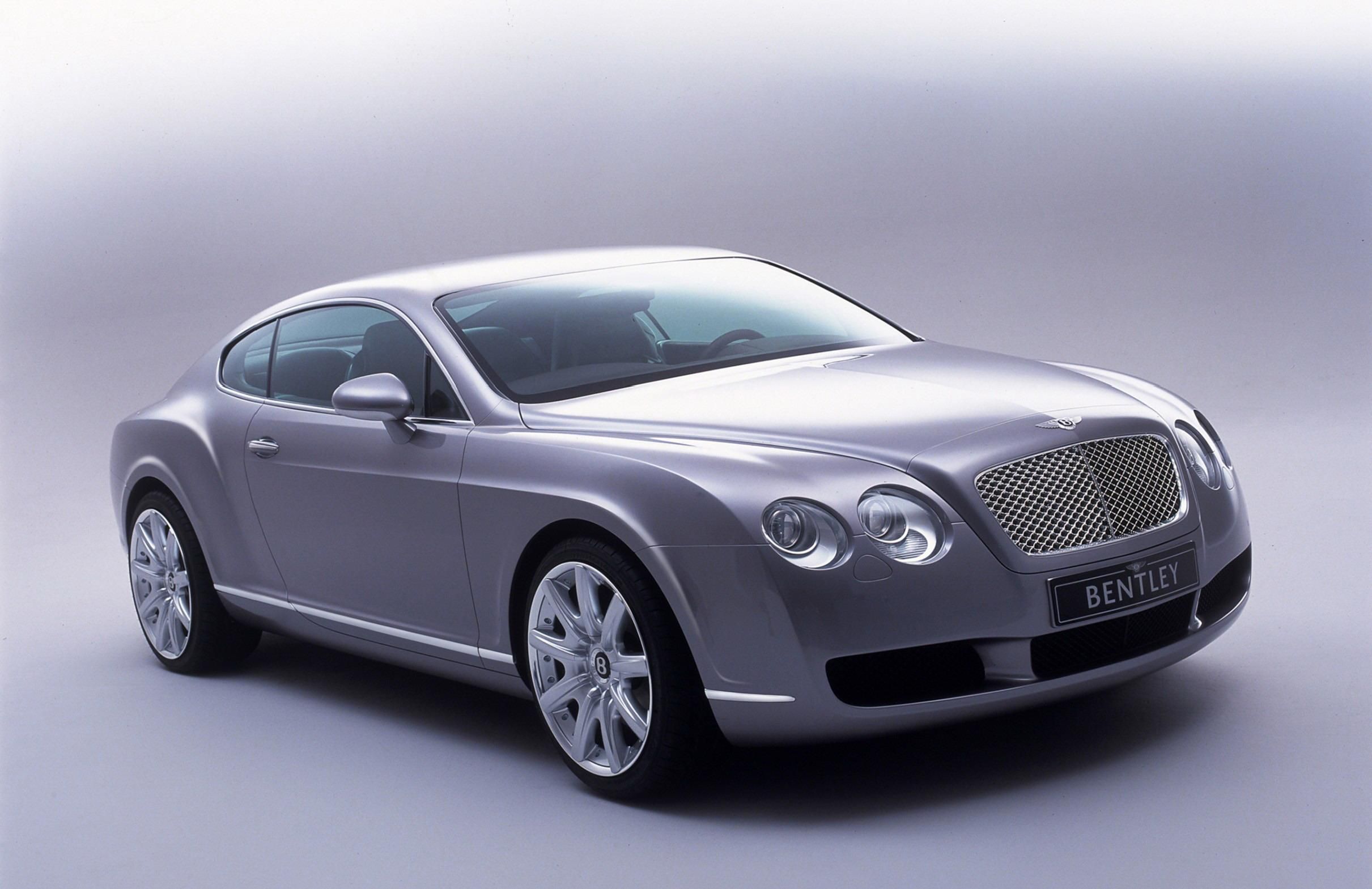 Once the decision to use the W12 had been made, twin turbos were selected as the preferred means of raising power and torque, The result was a car with 552bhp (560PS/411kW) at 6250rpm and 650Nm (479lb ft) at just 1600rpm, a speed at which most engines are little more than idling.
Once the decision to use the W12 had been made, twin turbos were selected as the preferred means of raising power and torque, The result was a car with 552bhp (560PS/411kW) at 6250rpm and 650Nm (479lb ft) at just 1600rpm, a speed at which most engines are little more than idling.
The use of four wheel drive was decided in the earliest stages of the project as it was felt that this new level of power demanded a commensurate level of control. Nevertheless, in order to ensure that the right Bentley feel is provided, Bentley's powertrain and chassis engineers have experimented extensively with the distribution of torque to the front and rear axles. This has been done to provide the Continental GT with all the security of a four-wheel drive system but when appropriate, the added fun factor inherent within a rear-wheel drive layout.

